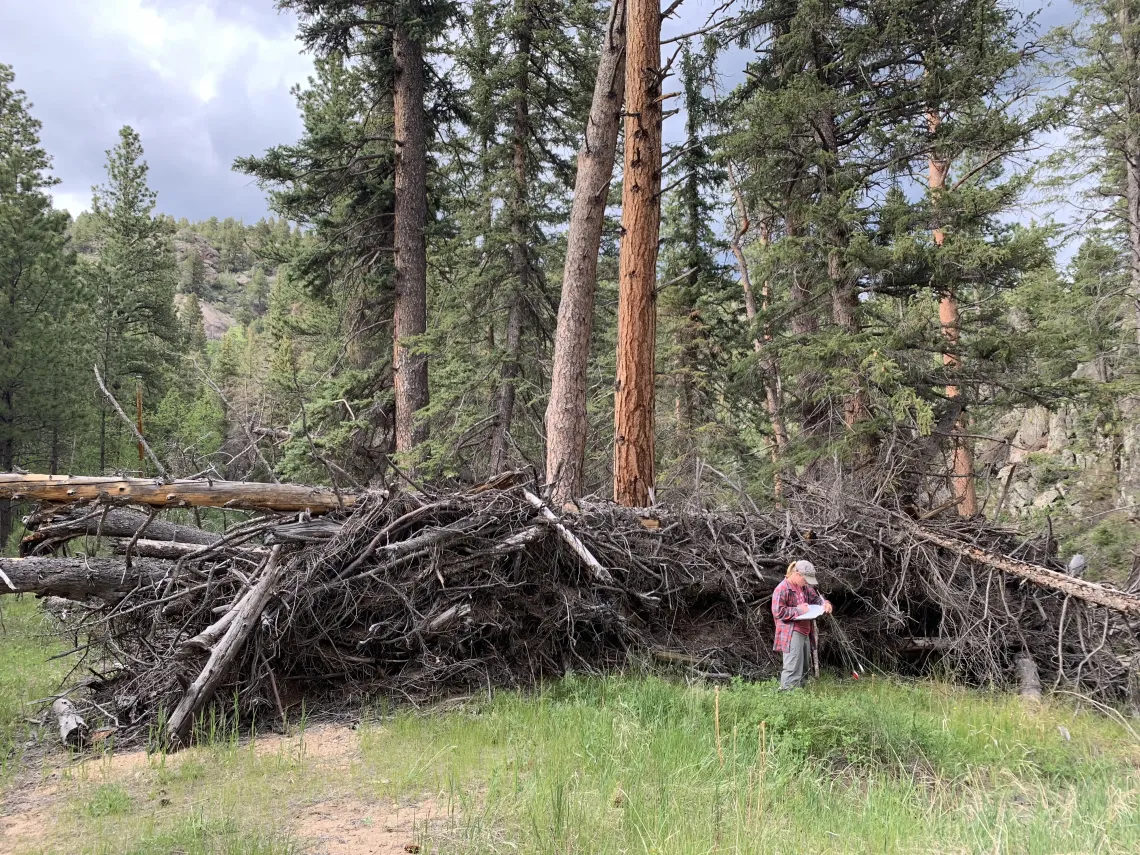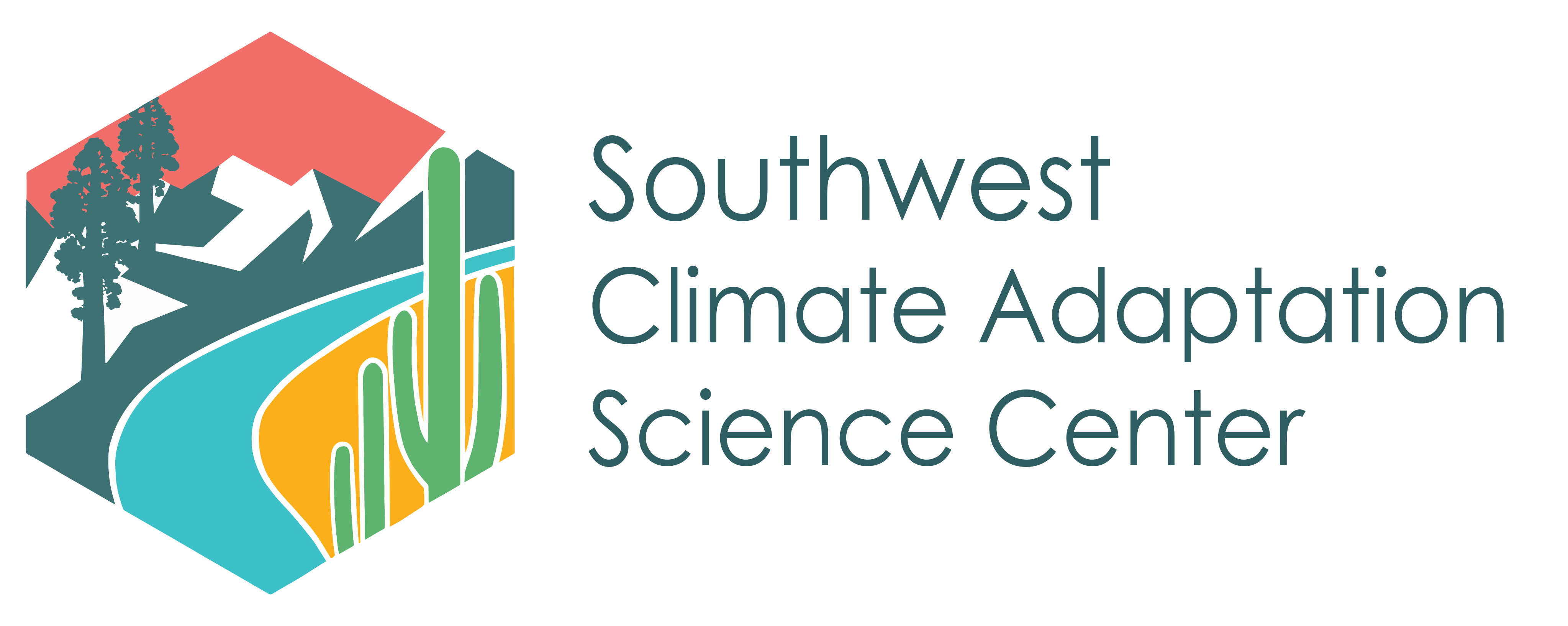What’s in a name? How stream restoration terms reflect community opinions and the need for collaborative science

What’s in a name? Or, as a scientist, what’s in a term? Beyond the textbook definitions of words and phrases, what implications do they have? What emotions do they hold? We might not often ponder these questions in our day-to-day work as scientists – though maybe you do - but over the course of the last few months as an NRWD fellow, I have found myself paying particular attention to the meaning and importance of the words we use to describe scientific principles and practices.
Before I go any further, let me explain myself. I can’t truthfully say that this fellowship was the first time I have dwelled on the connotations and ramifications of specific scientific terms. During my time as a graduate student studying fluvial geomorphology at Colorado State University, I – along with a host of other geomorphologists and river scientists – have advocated for the use of the term ‘large wood’ over ‘large woody debris’. Why drop the ‘debris’? Well, ‘debris’ conjures up thoughts of trash, something harmful, unhealthy, or unnatural that needs to be cleaned up. However, large wood, which here refers to downed, dead trees and limbs larger than 1 m long and 10 cm in diameter that can fall as individual logs or accumulate into multi-log jams in rivers and on floodplains, is a perfectly natural and even beneficial component of river habitat – quite the opposite of trash, from my perspective.
From different perspectives, however, ‘debris’ might be the right term. Where I see logjams creating habitat and enhanced connectivity between channels and floodplains, a recreational river runner might see a strainer, or a civil engineer might see a hazard to infrastructure. Before I started my career as a scientist at Colorado State University, I was a white-water canoeist in central Texas. After a large flood, I heard the recreational community’s concerns over the extensive number of new strainers (i.e., logjams) in the rivers, and felt the collective relief when agencies and cities chose to ‘clean them up’. The use of the term ‘large woody debris’ might reflect these additional viewpoints, which are valid concerns in a multi-interest river community. At the same time, calling large wood ‘debris’ might shape the next person’s conscious or subconscious perception of its role in a river ecosystem. In our fellowship, the influence of public perception on scientific terms has come up in a literature review we are conducting. Our 2021-2022 NRWD cohort has chosen to summarize the scientific literature and policy behind stream restoration to address our topic on endangered streams. Particularly, we gravitated towards restoration techniques which can be considered process-based restoration, which is an umbrella term used to describe a suite of restoration practices aimed at restoring processes rather than just the shape of the river. Within that umbrella term, we are particularly focused on in-stream restoration, such as beaver dam analogues. Beaver dam analogues are permeable, man-made structures created using wood and rocks meant to mimic a natural beaver dam. Beaver dam analogues go by many names: beaver mimicry structures, beaver dam support structures, post-assisted willow structures, deformable grade structures, and the list likely continues. In order to gain a comprehensive understanding of the outcomes of restoration, we have had to encompass all of these terms into our literature review search. But why are there so many names for the same type of restoration?
Before I started my Ph.D. studying geomorphic diversity and drivers in ephemeral washes across the Southwest, I completed an M.S. on beaver-related restoration in the Colorado Front Range. During that time, I heard and witnessed a range of opinions, thoughts, and emotions towards the various words included in the term ‘beaver dam analogue’. First, there were concerns about the term ‘beaver’, which can elicit images of chewed aspen stands and flooded homes. Second, there were concerns about the term ‘dam’, which can conjure up emotions across the West, despite the stark differences between beaver dams and the Hoover Dam. Lastly, there were concerns about the term ‘analogue’ – chiefly, is it spelled ‘analog’ or ‘analogue,’ and what does it really mean? Perhaps some of these concerns, emotions, and confusions towards certain terms can explain the vast list of synonyms for beaver dam analogues in the literature. While it could be easy to shrug our shoulders and dismiss the long list of names, it seems more important to recognize and respect the differences in word choice and the reasoning behind them. Names and terms are one arena where scientific philosophies and perspectives and stakeholder perceptions and worldviews all come into play. The NWRD fellowship represents an exciting opportunity to begin to untangle this web of viewpoints. As physical, ecological, and social scientists – even a lawyer! – each of us as fellows brings our own understanding and perceptions of terms into our bi-weekly meeting. As we learn to blend our definitions together to make something holistic and broadly understandable, and to combine our own disciplines to create a product useful to more than just one scientific field, it feels like we are beginning to create the type of scientific community needed to address and inform the complex issues that our society will face in the future. So, as you move through your day or week, I urge you to also think about the terms you use. What meanings are conjured up by these words? How do others use these words? Are there other terms to describe the same thing in different groups, fields, or cultures? What is the importance of these differences? What’s in a name?


